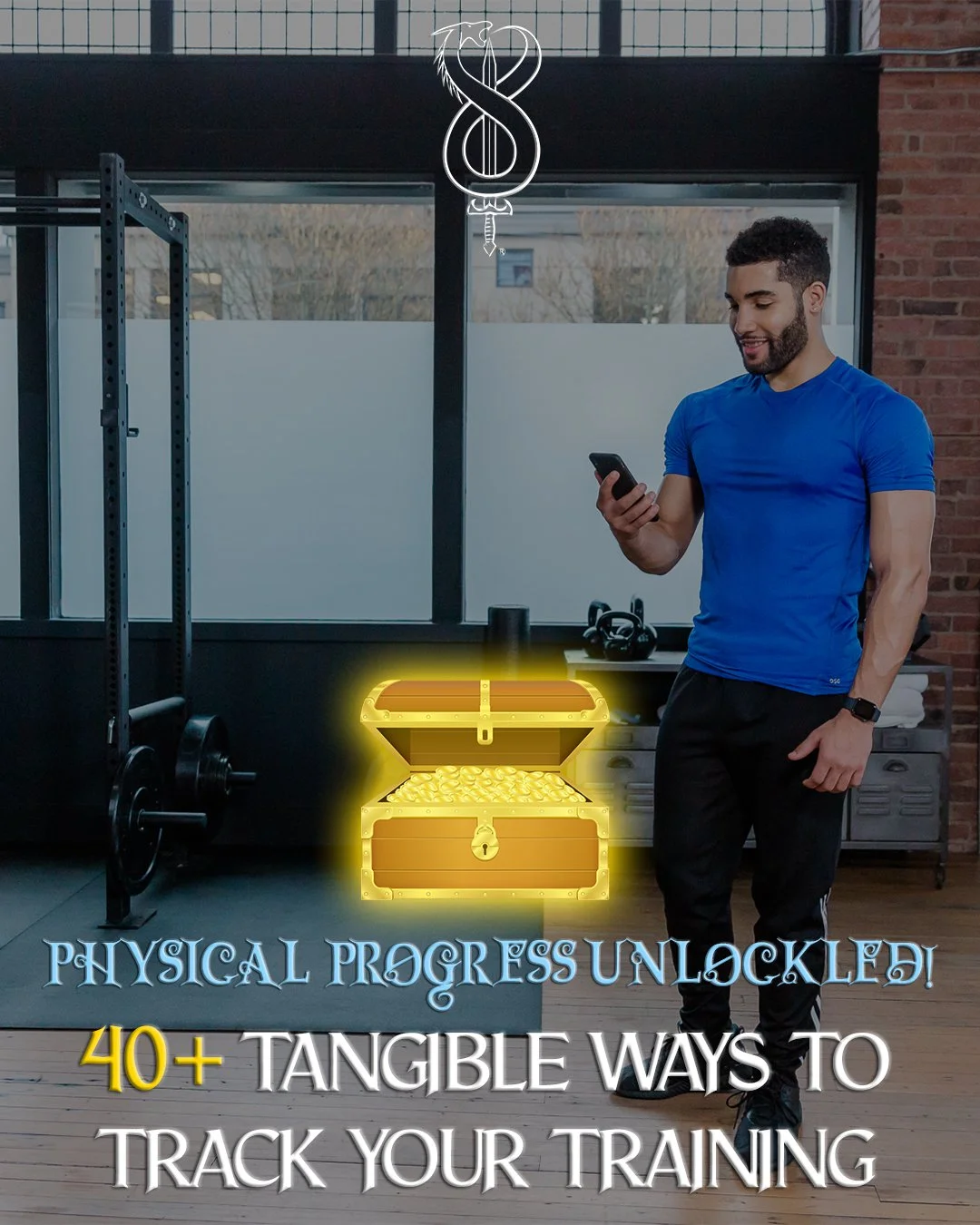Struggling to build muscle despite doing everything “right”? This ultimate FAQ breaks down the real science behind growth, debunks the bulking myths, and shows how Infitnite turns hardgainers into heroes—one rep at a time.
The Most Misunderstood Goal in Fitness
Let’s get real for a second.
Building muscle is one of the most difficult and time-consuming adventure you’ll ever take on in fitness.
It’s not just about lifting weights. It’s about knowing how to lift. Knowing what to eat. Knowing when to push and when to recover.
Most people fail at it.
Some give up when the scale doesn’t move.
Others confuse building muscle with getting fat.
And way too many women avoid strength training altogether—thinking it’ll make them look bulky.
Here’s the truth:
“Bulkiness” isn’t caused by muscle—it’s usually just excess fat gain stacked on top of poorly programmed training. And muscle isn’t easy to build.
This FAQ is for the hardgainers, the skinny-fat warriors, and the lean builders who are tired of spinning their wheels.
Whether you’re a beginner or seasoned lifter, this guide breaks down the most common questions, most harmful myths, and most effective tactics for building muscle the smart way.
This isn’t just about aesthetics.
It’s about strength. Discipline. And growth in every sense.
❓How much protein do I really need per day?
Shoot for 0.8 to 1.0 grams per pound of bodyweight.
Most people under-eat protein without realizing it, especially if they aren’t tracking.
Keep it high to fuel recovery, boost muscle protein synthesis, and stay consistent.
❓How fast can I build muscle?
Roughly 0.5% of your bodyweight per week if your training, nutrition, and recovery are on point.
That’s about 1–2 pounds per month of lean mass.
Look at strength, mirror changes, and clothing fit more than the scale.
❓How long do I need to bulk to see real muscle gains?
It depends on your experience, training quality, and nutrition.
Beginners = faster gains
Experienced lifters = slower pace
A good goal is ½–1% of your bodyweight per week. Enough to grow, not enough to get fat.
❓What’s the best training style to maximize muscle growth?
Bodybuilding-style training. That’s the Barbarian Class in Infitnite.
Targeted muscle isolation
Time-under-tension (TUT)
Progressive overload with variety in sets, reps, and form
This is where hypertrophy lives.
❓How often should I train each muscle group?
Beginners: 1–2x/week
Intermediate to advanced: 2–3x/week
If you’re stuck training each muscle only once a week, bump up frequency. Volume and tension drive growth.
❓Do I have to eat every 2–3 hours to build muscle?
No. Meal frequency doesn’t matter as much as total protein and calories.
But if you’re struggling to hit your daily intake, spreading meals out can help.
❓Will lifting heavy make me bulky? (Especially for women)
No.
Women don’t have the testosterone to “bulk up” like men.
Lifting heavy builds lean curves—tight waist, sculpted glutes, toned arms.
Bulk = fat gain, not muscle. And Infitnite avoids that.
❓Should I train every set to failure?
Not always.
You should train close to failure—just before form breaks.
Go hard, not sloppy.
❓Does cardio ruin muscle gains?
Only if you overdo it without enough recovery or calories.
Moderate cardio helps with blood flow, recovery, heart health, and staying lean during bulks.
❓When’s the best time to do cardio vs. lifting?
If possible:
Weights first, cardio after
Or split into separate sessions
Keep strength as your priority.
❓Does lifting weights faster count as cardio?
Nope.
Fast reps reduce time-under-tension and hurt growth.
Lift with control and intent. Save cardio for conditioning sessions.
❓Does muscle turn into fat if I stop training?
No.
They’re completely different tissues.
If you stop training and overeat, you’ll lose muscle and gain fat—but one doesn’t become the other.
❓Do I need 3–4 exercises per muscle group per session?
Not at all.
2–3 quality movements per muscle group pushed near failure is often enough.
It’s about effort and progression, not variety for variety’s sake.
❓Is soreness a good indicator of muscle growth?
No.
Soreness = stress. Not growth.
You can build muscle with minimal or no soreness if your plan is solid.
❓Is a calorie surplus required to build muscle?
Yes.
You need to eat more than you burn to grow.
But not a junk food binge—just a clean surplus, around 250–500 extra calories daily.
❓What about dirty bulking—does that work?
You’ll gain weight… but mostly fat.
Messing up digestion, recovery, and body comp isn’t worth it.
Instead, aim for slow, clean muscle gain by tracking your intake and adjusting weekly.
❓How important is sleep for muscle growth?
Massively.
Sleep is when growth hormone spikes, protein synthesis occurs, and you recover from training.
Aim for 7–9 hours a night or gains will slow.
❓Do I need supplements?
Only after you’ve locked in food, calories, and protein. But these can help:
Whey protein – easy macro filler
Creatine monohydrate – proven muscle support
Vitamin D – if you’re indoors a lot
Caffeine – for performance, not dependency
❓Will creatine hurt my kidneys?
Not in healthy people.
5g daily is safe. Just stay hydrated.
If you have kidney issues, talk to your doc first.
❓How do I stay motivated and consistent long-term?
Use systems.
Structure through progressive Avatar programs
Gamified tracking through XP, ranks, and monster-level training
Coaching support from real Wizards
Community and leaderboards to stay accountable
Infitnite makes consistency fun. That’s the real magic.
⚔️ Advanced & Strategic
❓What if I hit a plateau?
Plateaus are signals—not failures.
Check:
Are you in a surplus?
Are you applying progressive overload?
Are you recovering properly?
Infitnite’s Avatar Programs, Rank system, and Skill Challenges adapt for you, so growth keeps moving.
❓What’s the ideal rep range and load for muscle growth?
Classic range = 6–12 reps at 65–85% 1RM.
But that’s not the only path. Infinite uses:
Low reps (4–6) for strength + tension
Mid reps (6–12) for hypertrophy
High reps (15–25+) for metabolic fatigue
Training zones rotate automatically inside Infinite.
❓Can I build muscle in all rep ranges?
Yes—if you train near failure.
Rep range diversity hits all growth pathways: tension, stress, damage. Infitnite cycles this based on your Class and Program Phase.
❓How can Infitnite help me build more muscle?
Infitnite removes the guesswork.
Dungeon – Build your custom Quest, track progress, and modify with data
Academy – Learn the science, strategy, and systems of growth alongside a party of like-minded warriors
Sanctum – Personalized coaching and hands-on help from Wizards guiding your transformation
Everything is gamified, strategic, and backed by real science—not bro lore.
❓What is periodization—and do I need it?
Yes.
Periodization = planned progression over time. It prevents plateaus, overtraining, and burnout.
Infitnite 4.0 builds this into your journey automatically with:
Zones = training focus
Monster Levels = increasing difficulty
Ranks = your overall mastery
❓What’s the ideal rest time between sets?
Typically 60–120 seconds. But here’s the breakdown:
Short rest (30–60s): more fatigue, more metabolic stress
Longer rest (2–3 min): heavier lifts, more tension
Infitnite adjusts this for you based on your current focus.
❓How important is full range of motion (ROM)?
Huge.
Full ROM = better muscle stretch, tension, and fiber activation.
Partial reps have their place, but Infitnite programs full ROM mastery first to lay the technical foundation to maximize muscle growth.
Muscle Builds More Than Mass
Muscle isn’t just about looks.
It’s about power. Progress. Confidence. Command.
When you start building muscle the right way, you start rewriting your identity—not just your body.
This journey will take time.
It will test your consistency.
But it will give you more than mass—it will give you momentum.
Infitnite gives you the structure, the strategy, and the systems to make every set count and every rep mean something.
🪨 Train heavy.
🪨 Recover hard.
🪨 Grow Infitnite.











After 20 years of New Year resets, I’ve distilled the only fitness principles you actually need to finally hit (and keep) your goals in 2026.